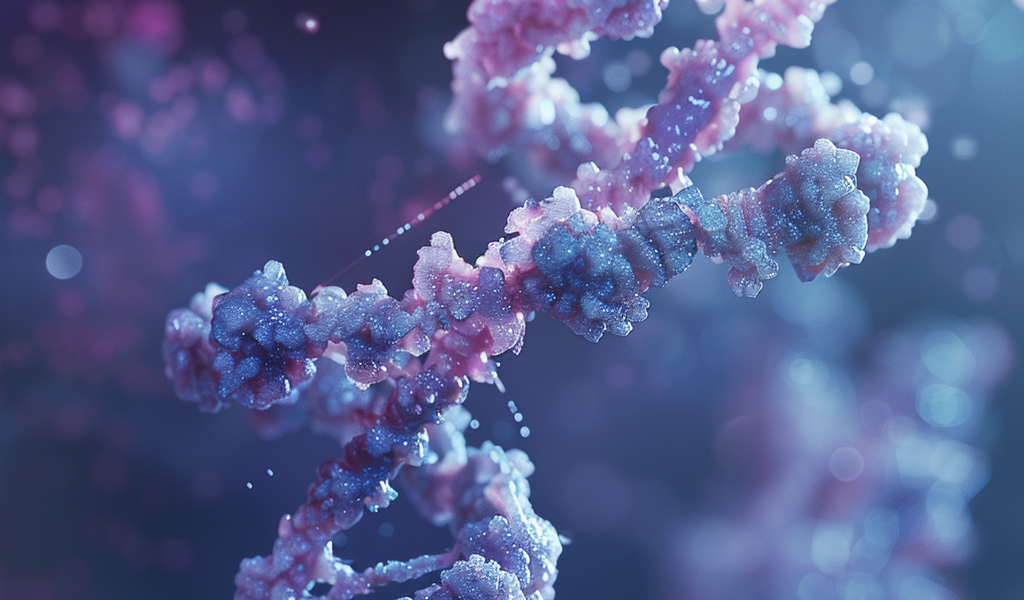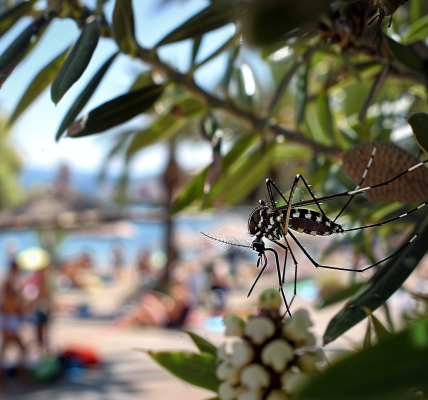In the realm of biology, a new rule is emerging that challenges traditional notions of stability and evolution. John Tower, a professor of biological sciences at USC Dornsife, is introducing a concept known as ‘selectively advantageous instability’ (SAI) as a fundamental principle in understanding life.
While stability is often associated with health and efficiency, Tower argues that a certain level of instability in biological components, such as proteins and genetic material, can actually be beneficial for cells. This concept of SAI suggests that instability plays a crucial role in the adaptability and evolution of organisms.
According to Tower, as cells constantly build and break down unstable components, they create genetic diversity that allows for adaptation over time. This genetic diversity, fueled by instability, enables organisms to evolve and thrive in changing environments.
However, the process of maintaining this selectively advantageous instability comes at a cost. The constant creation and replacement of unstable components within cells require significant energy, which can strain cellular resources and potentially contribute to inefficiencies and aging.
Despite the potential drawbacks of SAI, Tower’s research highlights the dual nature of instability in biology. While it can enhance adaptability and evolutionary processes, it also poses challenges in terms of energy consumption and cellular resources.





